Titled “Distributed Energy as a Solution,” Day 3 of the virtual conference showcases how rooftop solar, residential storage, community solar, and smart grid technologies are not just supplements, but the essential building blocks for a more resilient and affordable energy future.
As the nation anticipates surging electricity demand and corresponding high rates, DE offers a rapid-deployment advantage over traditional grid-scale power plants. This session dives deep into how technologies like bidirectional EV charging, Virtual Power Plant (VPP) orchestration, and demand response are meeting complex grid challenges and offering households and businesses true energy independence.
Policy and the post-tax credit landscape
The morning kicks off with a crucial keynote from Nick Montoni, Senior Program Director at the NC Clean Technology Center. Drawing on his extensive background with the Department of Energy and the U.S. House of Representatives, Montoni will illuminate the evolution of state solar policy and the monumental hurdles facing the Solar for All program. The discussion will address the impact of the EPA’s termination and subsequent litigation over the $7 billion program and the challenges in translating large-scale federal legislation (like the IRA) into rapid, effective deployment at the state and local levels.
Montoni will also provide actionable insights from the “50 States of Solar” reports, focusing on:
- The Interconnection Bottleneck: Identifying the most severe drag on distributed project timelines and the most promising state-level innovations to solve it.
- Beyond Net Metering (NEM): Analyzing the mass migration away from traditional NEM and defining the characteristics of a successful successor tariff that balances project economics with utility compensation for grid services.
Technology and the fully integrated solution
The session then pivots to the role of technology and integrated solutions in lowering costs and enhancing grid stability. Danielle Merfeld, Global Chief Technology Officer at Qcells, will detail how the company’s full vertical integration in the U.S.—from ingots to modules—not only secures supply but also standardizes products to lower “soft costs” and reduce administrative “red tape” for installers. Merfeld will also discuss the future of Virtual Power Plants (VPPs), explaining how Qcells’ Geli software uses AI and real-time data to make battery systems reliable grid assets.
Following this, Rob Adams, COO of Solaflect Energy, will present his company’s pioneering off-grid solar and EV charging solution, the Apollo. The presentation will explore the substantial value proposition of entirely bypassing the traditional utility grid upgrade process—a major hurdle for commercial clients and fleets—to enable faster EV adoption and provide a competitive Total Cost of Ownership (TCO).
The path to widespread adoption
The highlight of the day is a powerhouse panel featuring advocates, analysts, and installers: Brad Heavner (CALSSA), Caitlin Connelly (Wood Mackenzie), Emily Walker (EnergySage), and Fortunat Mueller (ReVision Energy).
Key issues the panel will dissect include:
- The Residential Market Crunch: Analyzing the policy and market conditions behind recent installer bankruptcies and the impact of the expiring residential tax credit (25D) on customer-owned systems.
- The VPP Promise: Discussion on the benefits and legislative status of Virtual Power Plants in leading markets like California, and the critical missing pieces needed to make aggregated customer batteries truly effective for grid services.
- Soft Cost Conundrum: Exploring non-hardware strategies—from SolarAPP+ adoption to financing innovation—to achieve significant cost reductions in the distributed sector.
- Electrification Synergy: The opportunity for installers to bundle solar and storage with heat pumps and EV chargers to deliver a fully integrated, cost-effective home energy solution.
This final session offers a comprehensive outlook on how policy reform, technological integration, and market education will overcome constraints to establish distributed energy as the lynchpin of the future U.S. grid.
Catch the video to get the full story on how distributed energy can solve the complex challenges of an evolving grid and protect consumers from rising rates.
This content is protected by copyright and may not be reused. If you want to cooperate with us and would like to reuse some of our content, please contact: editors@pv-magazine.com.
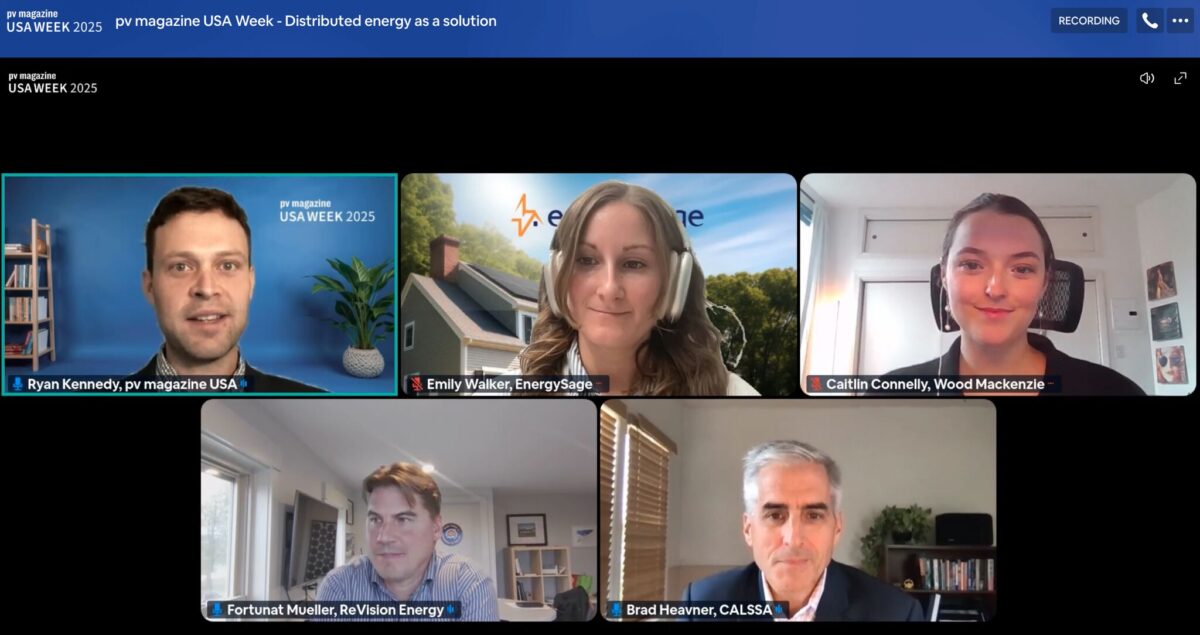
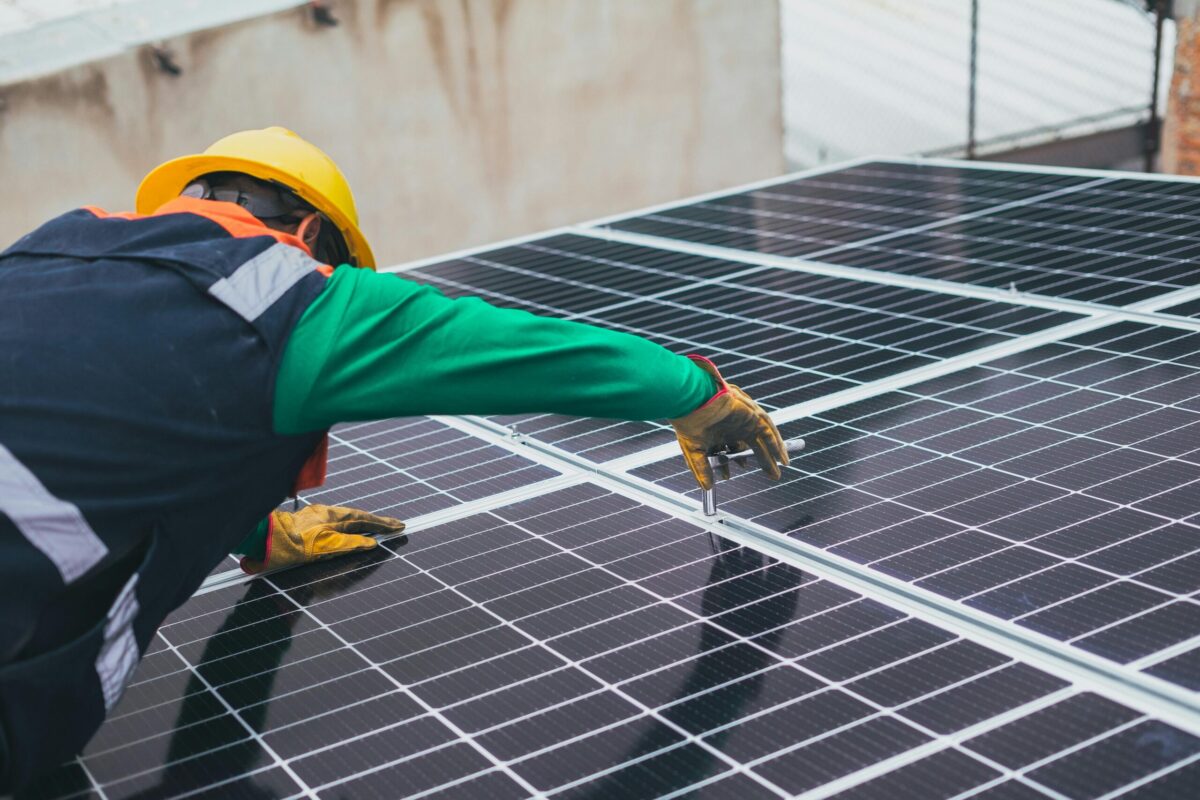


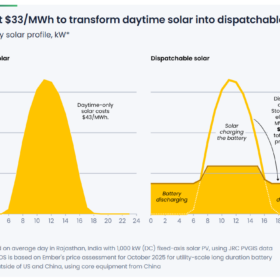

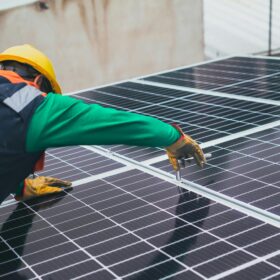
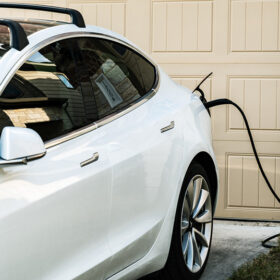
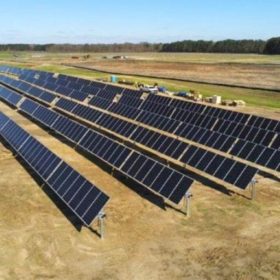
By submitting this form you agree to pv magazine using your data for the purposes of publishing your comment.
Your personal data will only be disclosed or otherwise transmitted to third parties for the purposes of spam filtering or if this is necessary for technical maintenance of the website. Any other transfer to third parties will not take place unless this is justified on the basis of applicable data protection regulations or if pv magazine is legally obliged to do so.
You may revoke this consent at any time with effect for the future, in which case your personal data will be deleted immediately. Otherwise, your data will be deleted if pv magazine has processed your request or the purpose of data storage is fulfilled.
Further information on data privacy can be found in our Data Protection Policy.